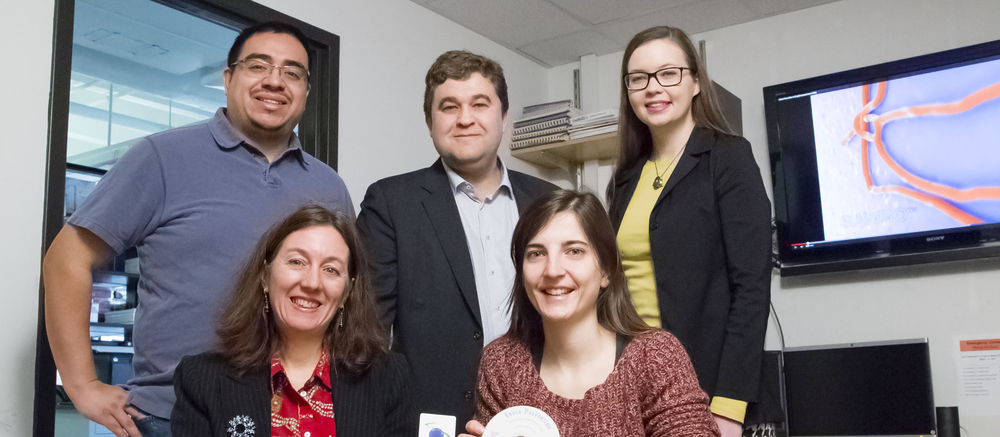
CHAMPAIGN, Ill. — In early 2014, just before Ebola surged in West Africa, leaders of Scientific Animations Without Borders visited with faculty and students at Njala University in Sierra Leone. The SAWBO team was looking for potential collaborators to help create and distribute its animated health and agricultural videos in Sierra Leone. A few months later, the Njala students asked SAWBO to work with them on animated videos about Ebola.
Today, the Ebola animations are in the hands of teams at Njala University and the Sierra Leone YMCA for distribution within their country. The videos are available in several West African languages and can be distributed on the web, shared between cellphones, downloaded on tablets and laptop computers, and pushed out to cellphones and computers through data hubs placed in strategic locations. The SAWBO team is looking for partners to translate the videos and distribute them to other West African countries affected by Ebola. (Watch a movie about the videos.)
This quick response was the result of SAWBO’s unique collaborative approach and global reach. Based at the University of Illinois, SAWBO recruits new partners for each of its many educational projects. With financial support from the U. of I.'s University YMCA for the Ebola project, the SAWBO team collaborated with the Sierra Leone YMCA, Njala University students and faculty, students from the Global Health Initiative and the Center for African Studies at the U. of I., and world health authorities with expertise in Ebola education.
“Ebola education is an absolute challenge, for a host of reasons,” said University of Illinois entomology professor and SAWBO founding member Barry Pittendrigh. “First, the message needs to be accurate and consistent. Second, it must be translated into many different languages. And perhaps the biggest challenge is getting information into as many hands as possible, as fast as possible.”
This last task is especially difficult because those who know the most about Ebola are busy caring for patients and trying to control the spread of the disease.
Other challenges face those trying to bring Ebola education to people in remote areas. For example, in southeastern Guinea in September 2014, in one of several incidents in which health care workers were attacked, villagers killed eight visitors, including health care workers and journalists. The villagers mistakenly believed the outsiders would infect them with Ebola.
Cellphone animations have the potential to reach more people than teams of health care workers can, sharing information from phone to phone via Bluetooth technology, Pittendrigh said.
“Cellphones are very common in Africa,” he said. “It is not unusual to find villages without plumbing or electricity but they have solar-powered cellphone charging stations.”
SAWBO makes the videos available in various file formats so they can be displayed on many types of electronic devices, he said.
Because the videos are animated and narrated in local languages, they can deliver information in a culturally neutral context, said SAWBO co-founder Julia Bello-Bravo, assistant director of the Center for African Studies at the U. of I. Health experts make sure the information is accurate, outreach workers on the ground help place the animations in the proper cultural context, and translators and voice-over volunteers step up to help with new languages, she said.
“We are a sort of crowd-sourcing operation,” Bello-Bravo said. “Once the videos are done, other groups will take the content and put it on their own platforms. And that’s great. That’s what we want.”
Ebola is only one of dozens of health and agricultural topics SAWBO addresses. All of the animated videos are available online at no cost for other groups to use in their educational programs.